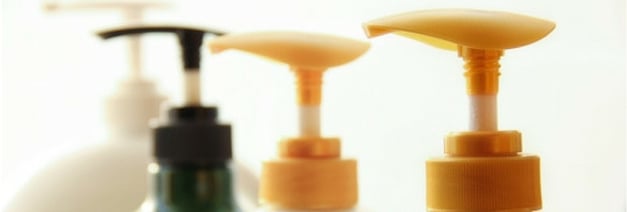
Google “morning hacks” and you’ll find more than seventeen million tips and tricks that promise to make mornings a little less rushed. Still, almost sixty percent of American adults spend under twenty minutes getting ready in the morning and twenty percent spend less than forty minutes—that includes showering, shaving, applying makeup and hair styling. The need for speed is driving the market for multi-tasking products that offer efficiency, use technology to personalize and enhance efficacy, and allow consumers to take their routines on the road.
How Personal Care Brands Can Help Consumers Hack Morning Routines
Hybrid Products - The soap and bath categories have seen successful launches of body care products that offer moisturizing benefits, now brands are extending their lines to include products that include ingredients that address specific skin conditions, such as eczema and sensitive skin. Beyond dry shampoo, cleansing conditioners and other no-rinse formats are attracting consumers looking to save time by not having to wash their hair daily or extending the life of a blow-out.
Technology – Interactive technology is coming to your bathroom! App-connected toothbrushes that alert consumers if they’re brushing properly and smart hairbrushes that help consumers navigate bad hair days are currently on store shelves. As more consumers integrate the Internet of Things into their lives, we’ll see more products that literally “speak” to consumers and help to optimize their time.
Natural and Eco-Friendly – Although natural and organic is still a small segment of the market, consumers are growing increasingly ingredient savvy—more than a third are avoiding controversial ingredients such as sulfates and parabens in hair and body products. Ingredients under a healthy halo include vitamins, antioxidants, essential oils, Argan oil, retinol, seaweed, hyaluronic acid, and seaweed. Environmental concerns about water conservation and ease of use are also driving development of alternative format cleansers including facial and body wipes and natural cleansing waters.
Time to Try - More than half of consumers frequently or occasionally experiment with new personal care products and brands. What incentivizes them to try? It’s no surprise that 70% of the purchase decision centers around price, so financial incentives such as free sample, coupons, or money back guarantees sway consumers to buy. Beyond financial incentives, product attributes can also convince consumers to trade up. Natural/organic formulations can offset a slightly higher price point and are perceived to be safer and higher quality; unique scents, seals from medical associations or “best of beauty” awards, and premium packaging also make products more valuable and validate efficacy.
For most Americans, time is valuable and products that allow consumers to speed up personal care routines while simultaneously addressing their concerns will motivate them to buy. Understanding what moves female consumers and reaching them in the moments that matter is critical for marketers. Women’s Marketing offers a suite of marketing services that connect consumers to brands at every touchpoint. Contact us today to learn how our best-in-class insights and strategic approach can help build your brand.
Source: Mintel Personal Care Consumer April 2017




COMMENTS